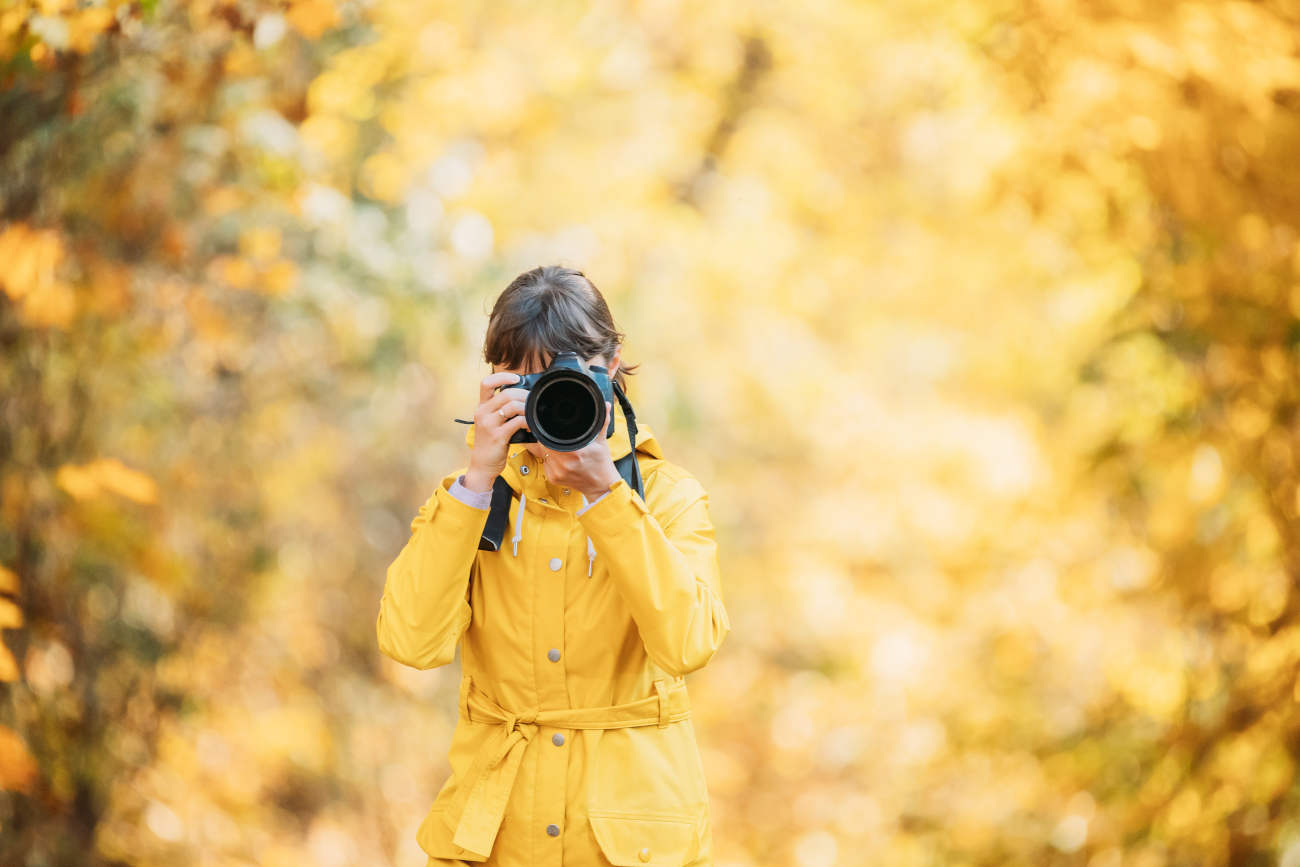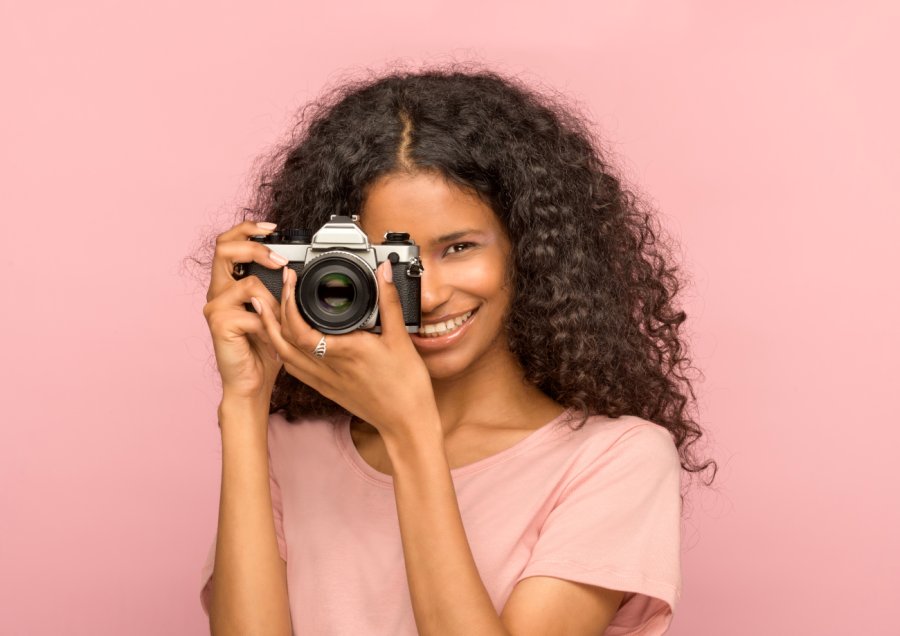
Here’s a summary of the top photography colleges in the USA and the reasons they are preferred:
School of the Art Institute of Chicago, IL: Known for its strong emphasis on technical and conceptual aspects of photography.
However, for your article, I can provide a general window of starting salaries:
Entry-Level Photographers: Entry-level photographers can earn between $20,000 to $30,000 per year. This range can be higher in urban areas or for those with specialized skills.
Mid-Level Photographers: With a few years of experience, photographers can see their salaries rise from $30,000 to $50,000 annually.
If you like to know more about you’re the careers of professional photographers, please check out our article
Photographer’s Costs and Photography Packages Price Explained
Popular Photographer Sessions Cost Ranges – As you get more experience, you can expect to make much better money if your work is excellent, and you find the right niche.
| Photography Services | Price Range (USD) | Time |
|---|---|---|
| Portrait Photography | $250-$550 | Per Session |
| Wedding Photography | $800-$4,700 | Hours Vary |
| Couple or Engagement Photography | $200-600 | Per Session |
| Product Photography | $50-$3,000 | Per Project |
| Corporate Events | $75-$235 | Per Hour |
| Corporate Headshots | $350-$850 | Per Session |
| Flying Dress Photography | $200-700 | Per Session |
| Birthday Parties | $75-$175 | Per Hour |
| Interior Photography | $375-$2,500 | Per Project |
| Advertising (Lifestyle) Photography | $425-$3,500 | Per Campaign |
| Real Estate Photography | $295-$600 | Per Home |
Photography specialization has a wide range of prices.
Whether capturing essential life moments or creative business content, a photographer’s services are costly.
Numerous factors determine pricing. This guide examines standard fee ranges across common photography types – helping set budgets and expectations between clients and creatives.
How to Evaluate Photography University and Schools, which you can use to enrich your blog post:
Those with significant experience and a strong portfolio, especially in high-demand specializations like commercial or fashion photography, can earn upwards of $50,000 to $250,000 or more.
These schools are preferred for various reasons, including their academic reputation, quality of faculty and facilities, long-term graduate success, and the inclusive and welcoming environment they offer.
Additionally, the location of these schools plays a significant role in choosing the university.

1. Academic Reputation
2. Quality of Faculty and Facilities
3. Specializations and Curriculum
4. Practical Experience and Internships
5. Graduate Success and Career Support
6. Cost and Affordability
7. Inclusivity and Environment
8. Location
9. Alumni Network
10. Student Work and Portfolios
The schools we’ve discussed are not just institutions; they are incubators of creativity, technical skill, and artistic vision.
They offer more than just a curriculum; they provide a gateway to a world where the camera is an extension of one’s own eyes, capturing moments that speak volumes.
Choosing the right photography school is a decision that goes beyond academic excellence.
It’s about finding a place where your passion for photography can flourish, where your unique vision can find its voice, and where your career can find its path.
Whether it’s the bustling streets of New York or the serene campuses of New England, each school offers a unique environment that nurtures different aspects of the photographic craft.
Remember, the value of a photography education is not just in the prestige of the school, but in how it aligns with your personal goals and aspirations. I
t’s about the connections you make, the experiences you gain, and the portfolio you build.
The starting salaries in the field of photography may vary, but the real reward lies in the ability to turn your passion into a profession, to tell stories through your lens, and to see the world in a way that others might miss.
As you embark on this journey, let your choice of school be guided not just by rankings and statistics, but by a vision of the photographer you aspire to become.
The road ahead is as challenging as it is exciting, but for those with a camera in hand and a story to tell, it’s a journey worth taking.
In the end, photography is not just about capturing images; it’s about capturing life.
And with the right education, the right environment, and the right mindset, you can turn your passion for photography into a fulfilling and vibrant career.
Fashion photoshoot ideas and advice on how to take your photography to the next level!
Visit our contact page.